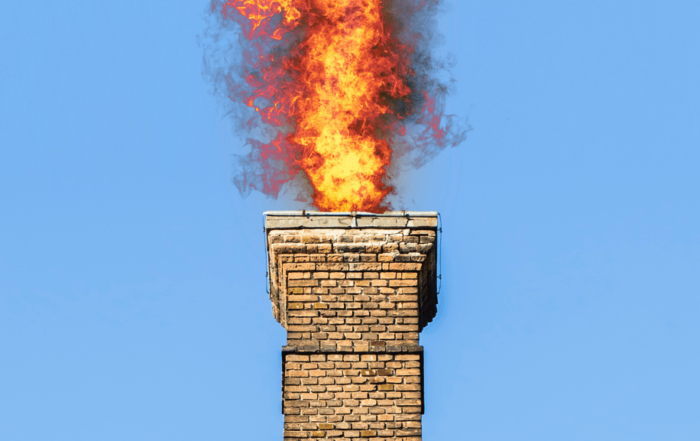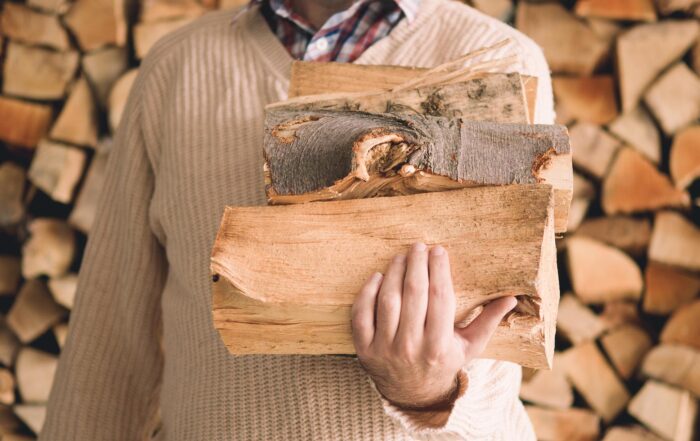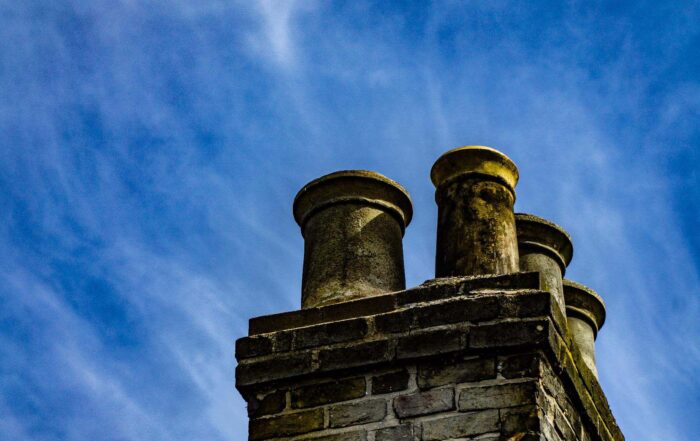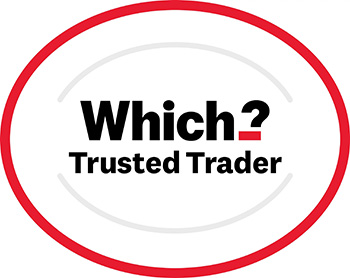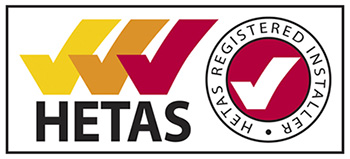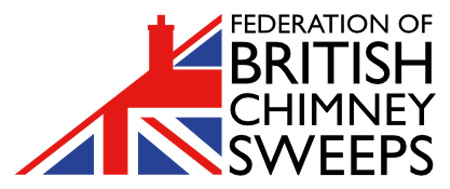If you do not know the history of your chimney or reinstating a fireplace that has not been in use for a while – it is important to test the airtightness of the chimney.
A chimney leakage test (also known as a chimney Smoke Test 1) is used to check that the flue will be safe and not leak potentially dangerous gasses into rooms above or adjacent property.
A Smoke Test 1 involves lighting an appropriate number of smoke pellets into the fireplace. As the smoke begins to evacuate the terminal and opening are sealed and the full length of the flue is visually inspected for leaks. This type of test is very subjective and human error is a significant factor; some leaks are too small to see. The tester requires access to all floors including loft spaces and adjacent properties. This can be problematic in shared properties.
We advise combining a Smoke Test 1 with specialist equipment to test the leakage of the flue, a Wöhler DP600 testing device measures the exact leakage of the flue. Air is pumped into the flue and the device measures how much air, if any, is leaking out. A reading of the allowable leakage rate and actual leakage rates are produced – this provides the information needed to establish a pass or fail.
A professional chimney sweep will carry out a smoke draught test with every sweep (Smoke Test 2) – this is to test that the chimney will evacuate the gasses freely – It does not test for leaks.

Smoke leaked into another apartment during a smoke test 1

The fireplace has been sealed using expanding foam - this will release toxic fumes when heated
Why would i need a smoke test?
- The history of the chimney is unknown – you may have just moved or reopened a fireplace.
- You suspect smoke may be leaking.
- A neighbour may have fumes leaking into their property.
- Change of use – before you install a new appliance the flue must be tested.
- The appliance hasn’t been used in over 3 years.
- A party wall agreement may request that a test is performed before and after any building works.
- If you have problems with your flue.
The chimney is always swept prior to any test as debris can conceal small cracks. Sweeping also allows the chimney height to be measured – we need this information to calculate the test result.
Advantages to using a testing device on your chimney
- The terminal can be sealed from the ground using a specialist bladder – ideal if roof access is difficult.
- There is no need to have access to other floors or properties.
- Eliminates the possibility of human error.
- A printout of the result is produced and signed by the tester.
- The BSEN 1443 is the only recognised method of testing in many European countries, smoke integrity tests are not allowed.
For more information about integrity tests, call 0208 351 7164 or contact us online now.
View our Blog
What Happens if You Don’t Sweep Your Chimney?
Ah, life gets in the way, doesn’t it? There are so many things to do around the house, but you just don’t have time to keep on top of everything. For some house-related duties - [...]
What’s the Best Fuel for a Wood Burner?
It’s that time of the year when everyone craves the natural warmth of a log burner. They’re incredibly comforting and a wonderful addition to any home. But whether you’re a current wood burner owner or [...]
What’s Involved in a Chimney Inspection in London?
You’ve probably already got a picture in your mind of a chimney inspection in action. After hours of scratching around, coughing, spluttering, and cursing, a figure emerges from the top of your chimney stack, covered [...]
We’re approved
By using us you can have the peace of mind you will receive an excellent standard of service

